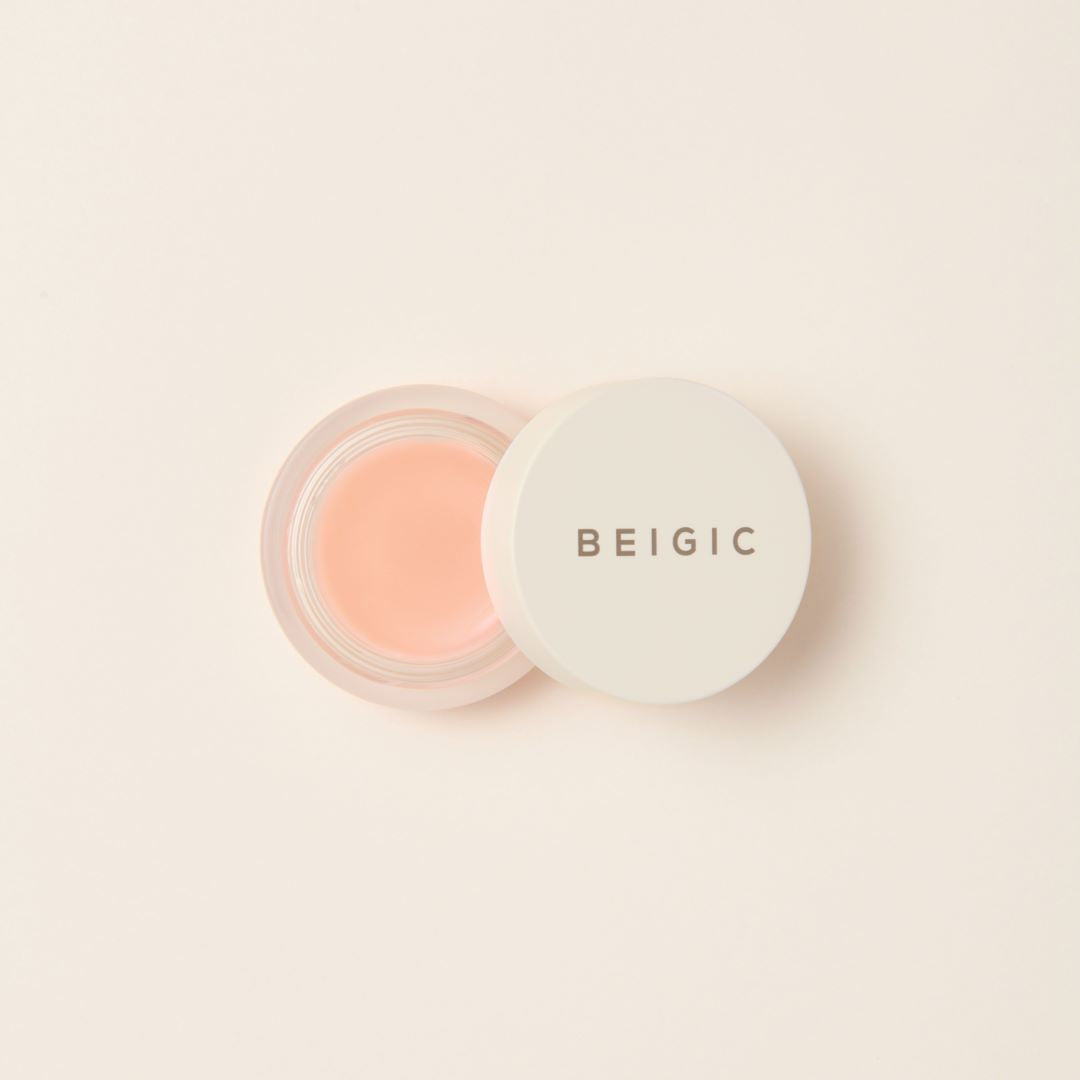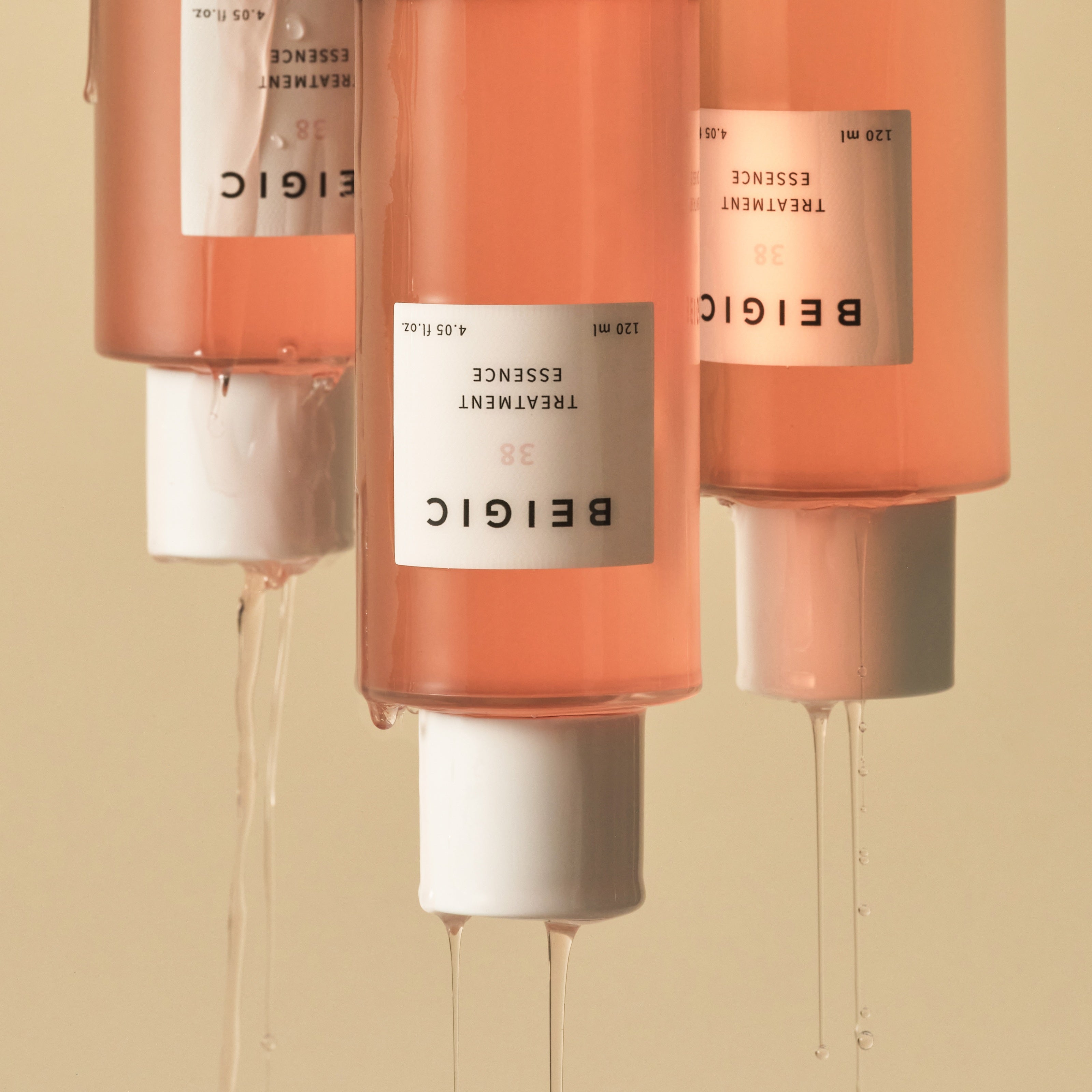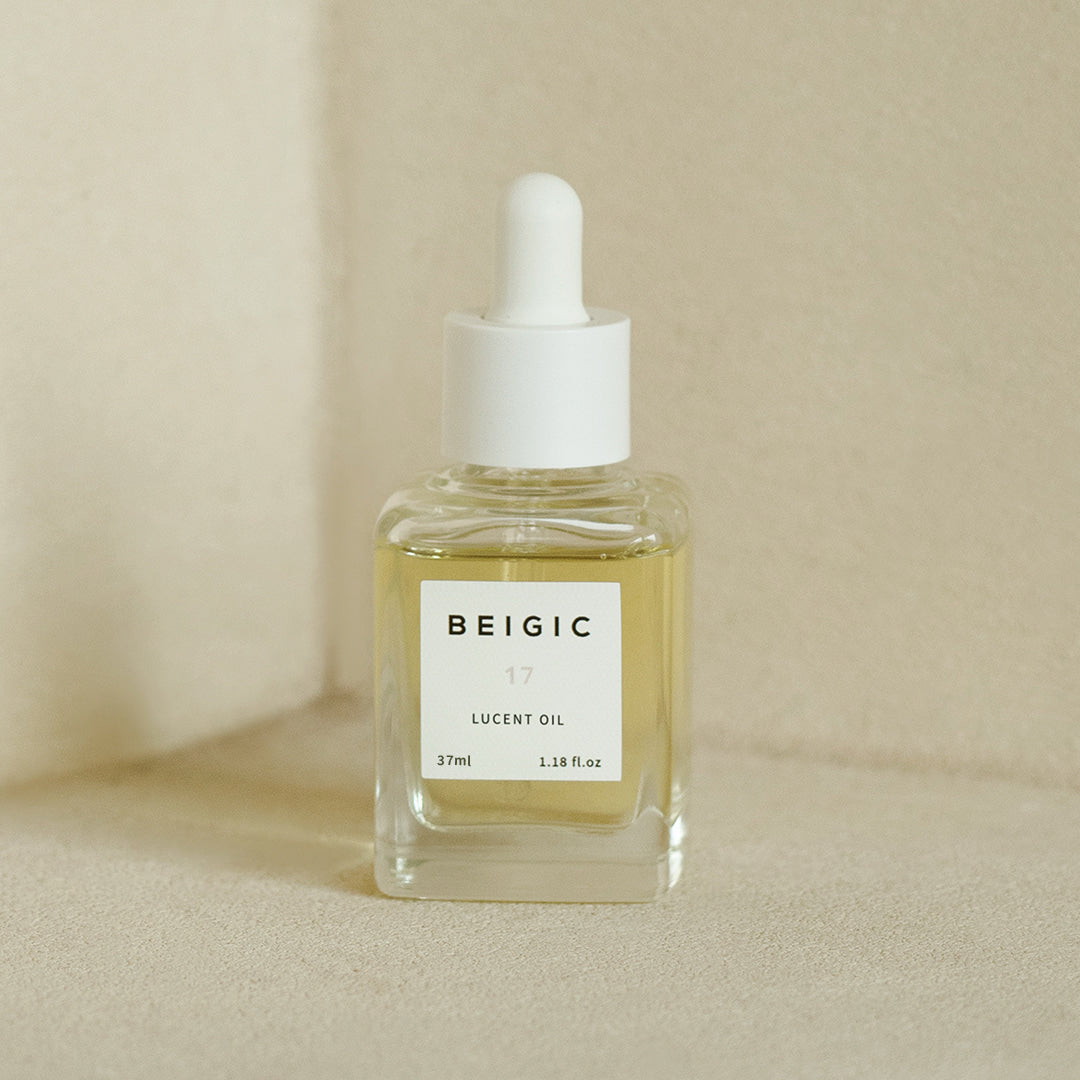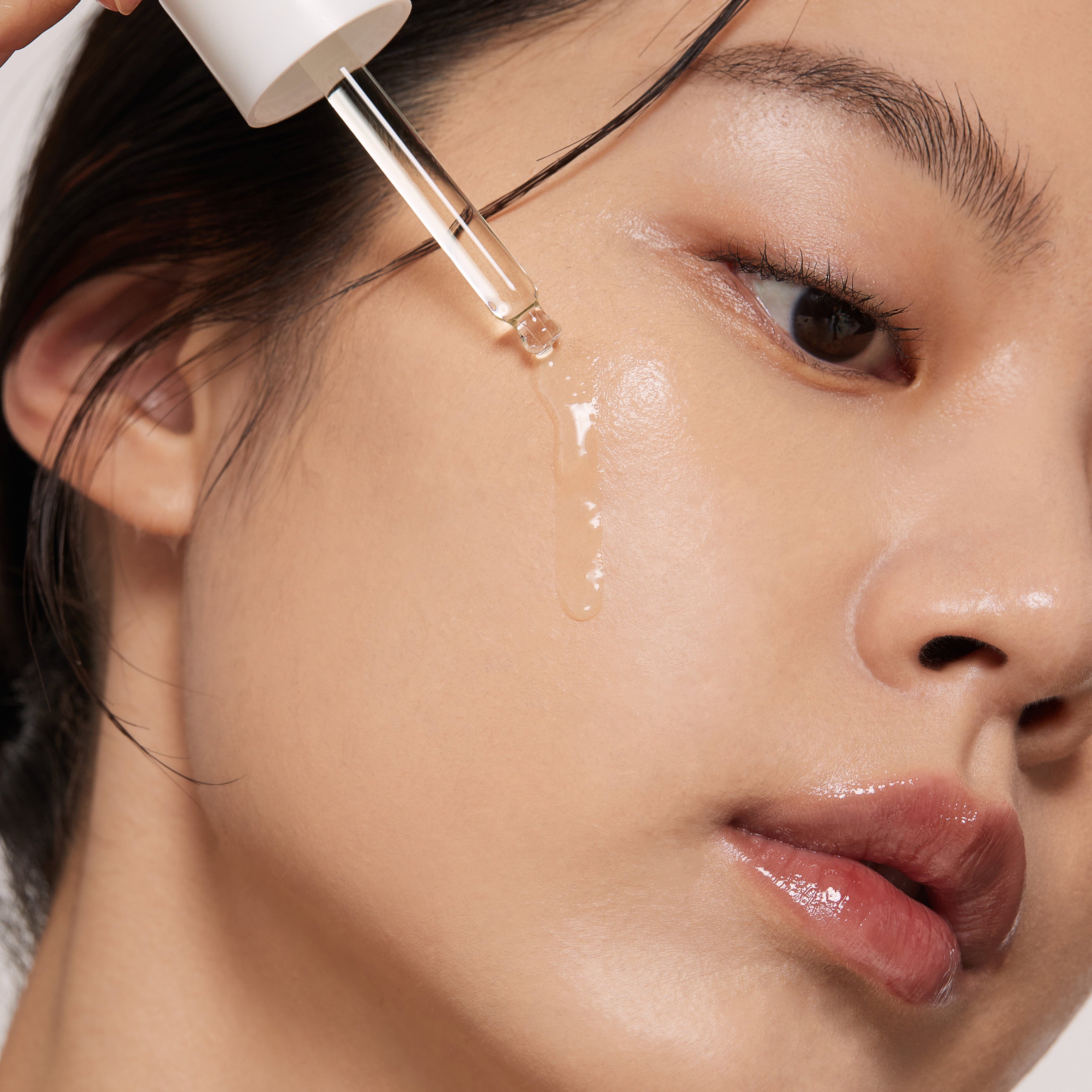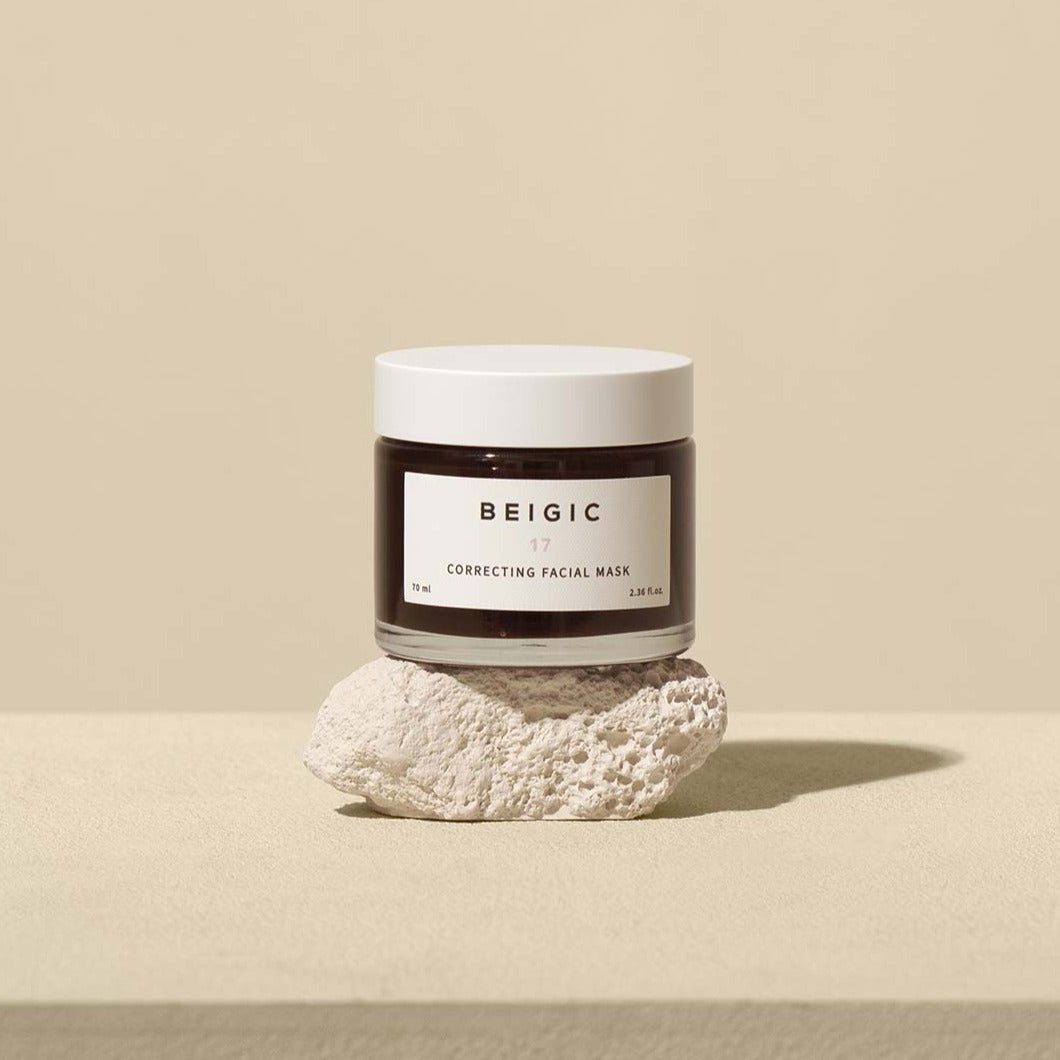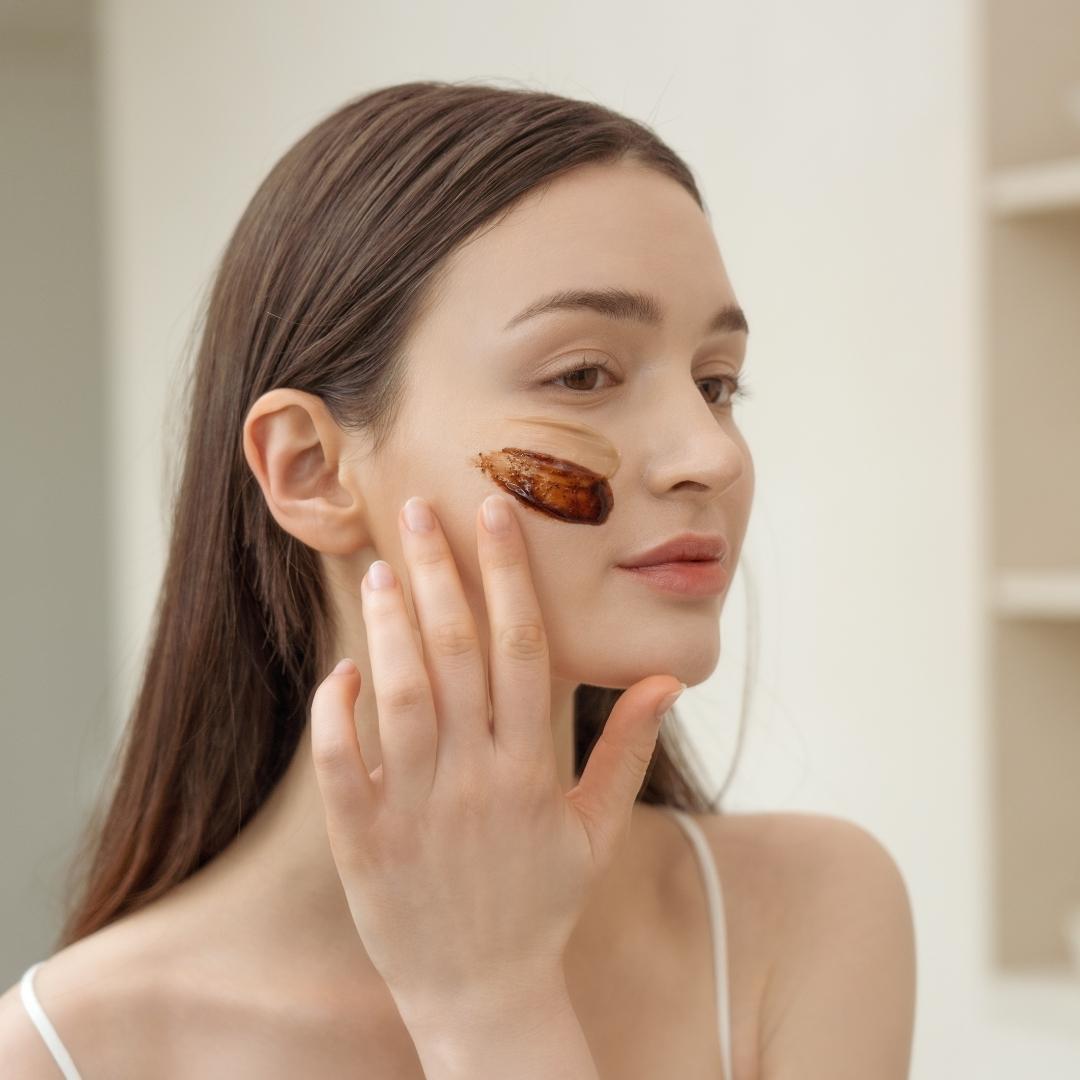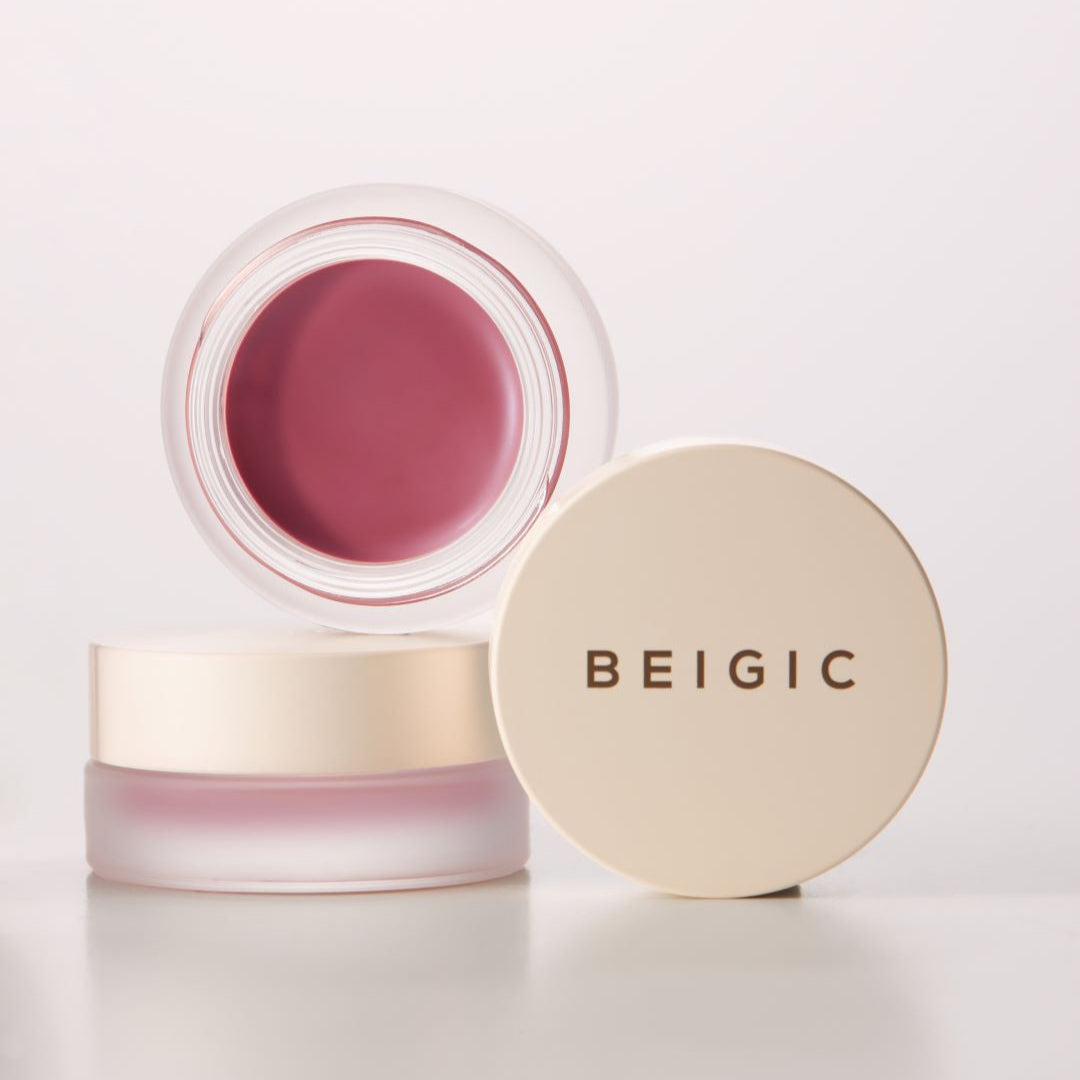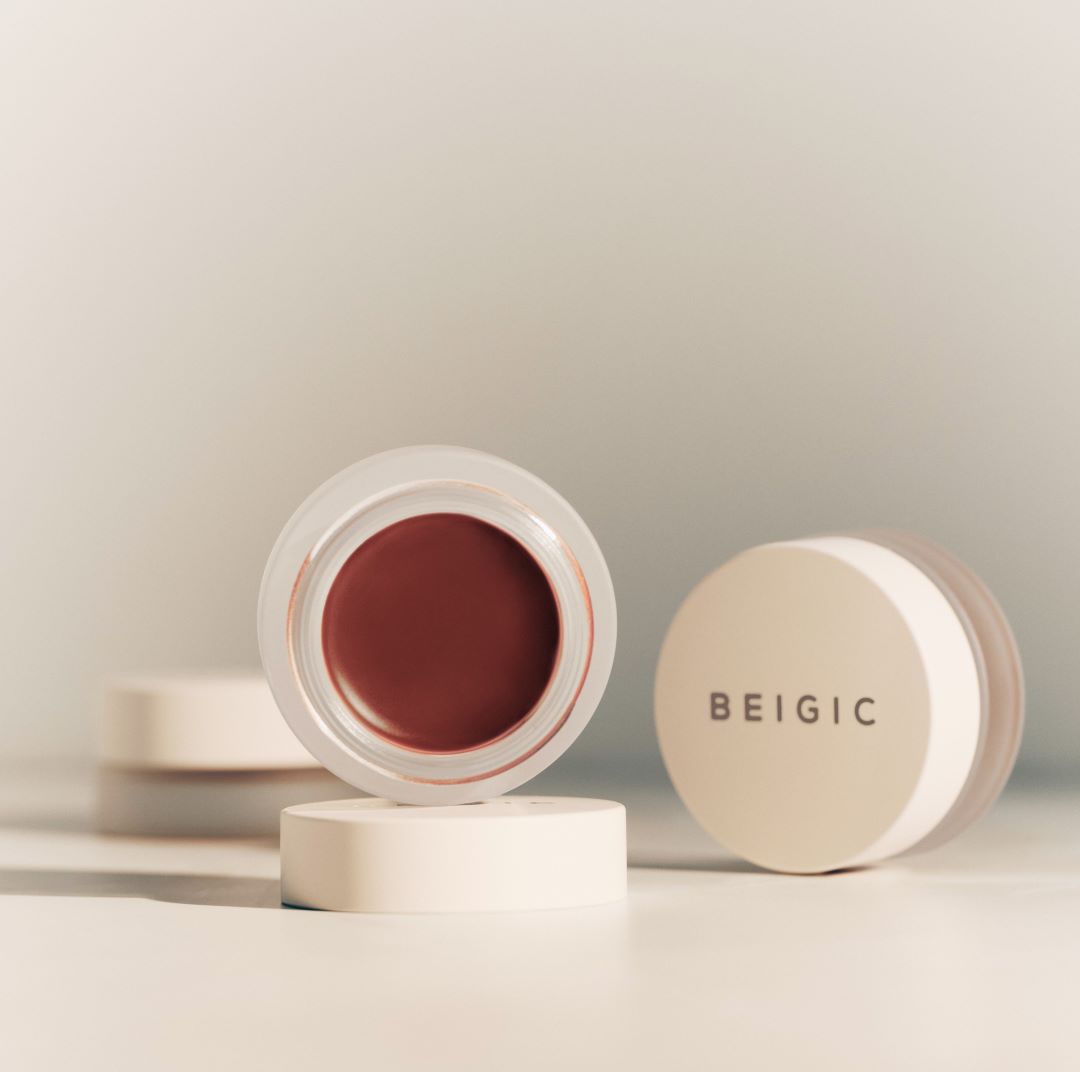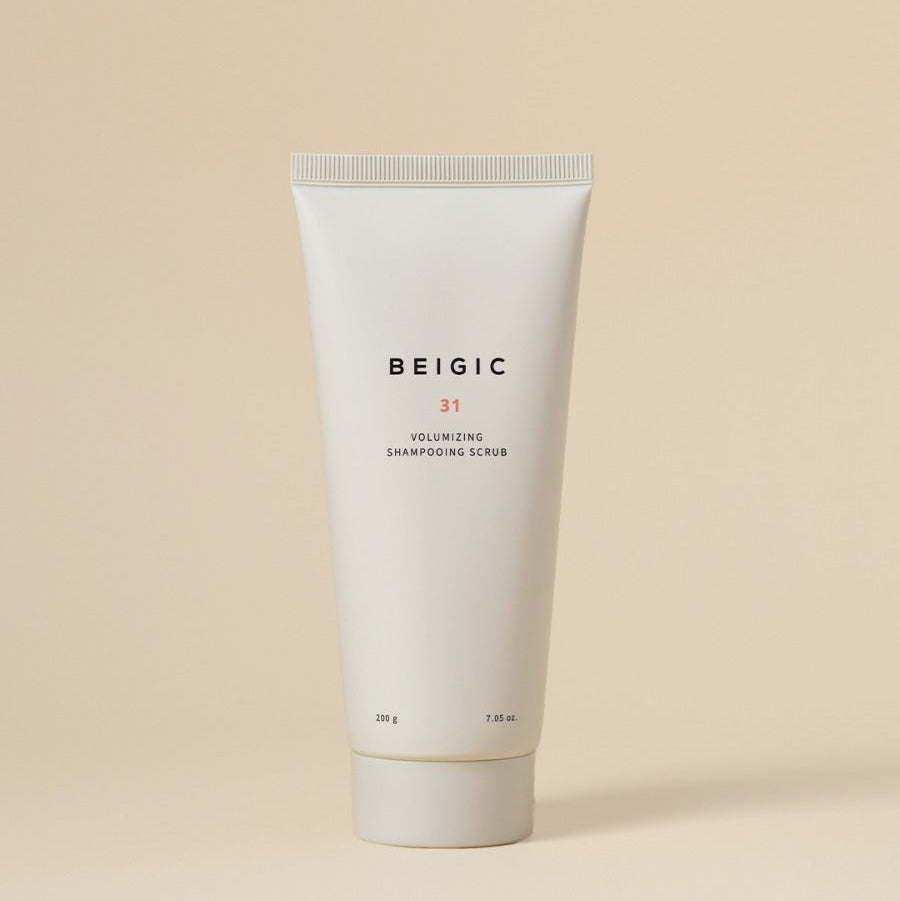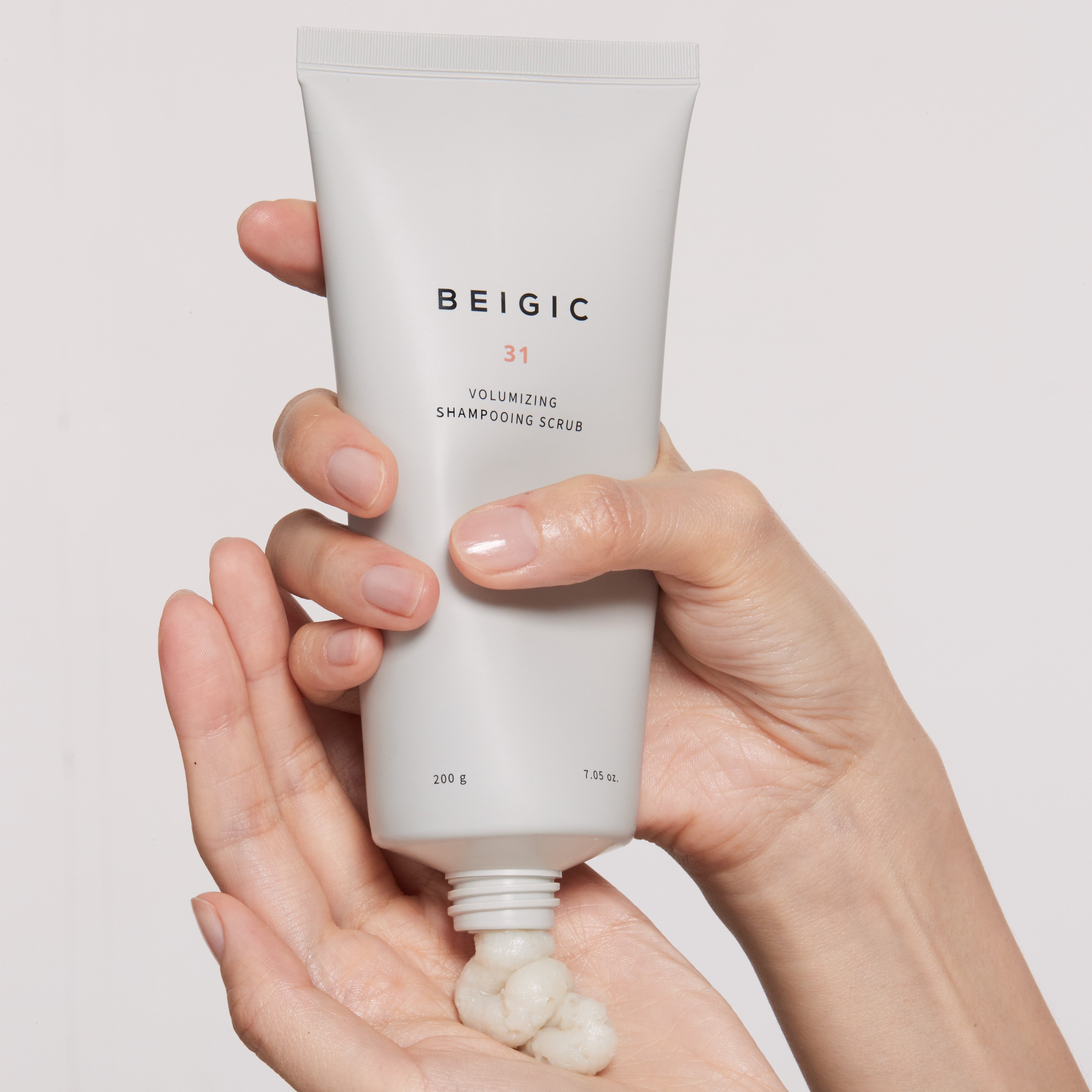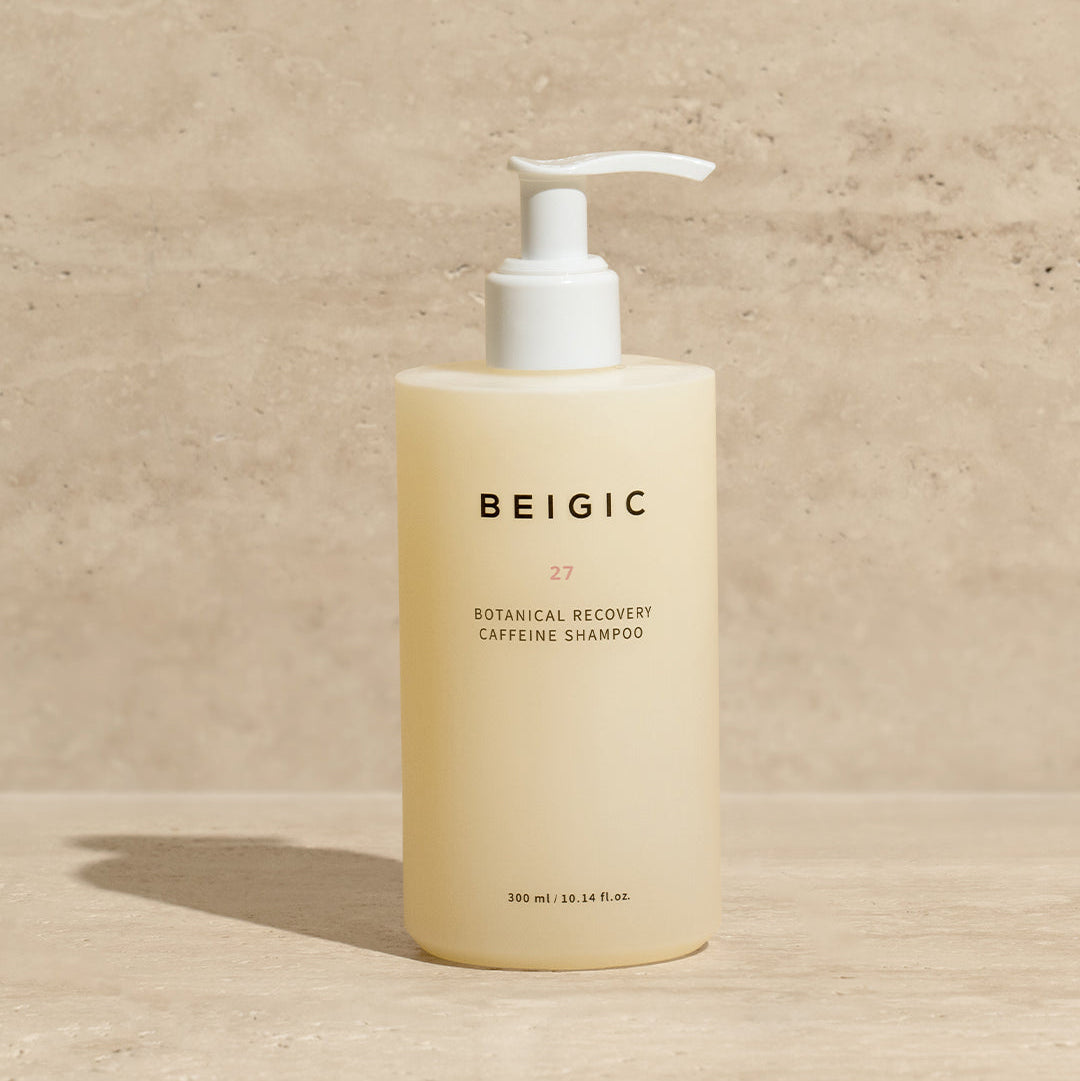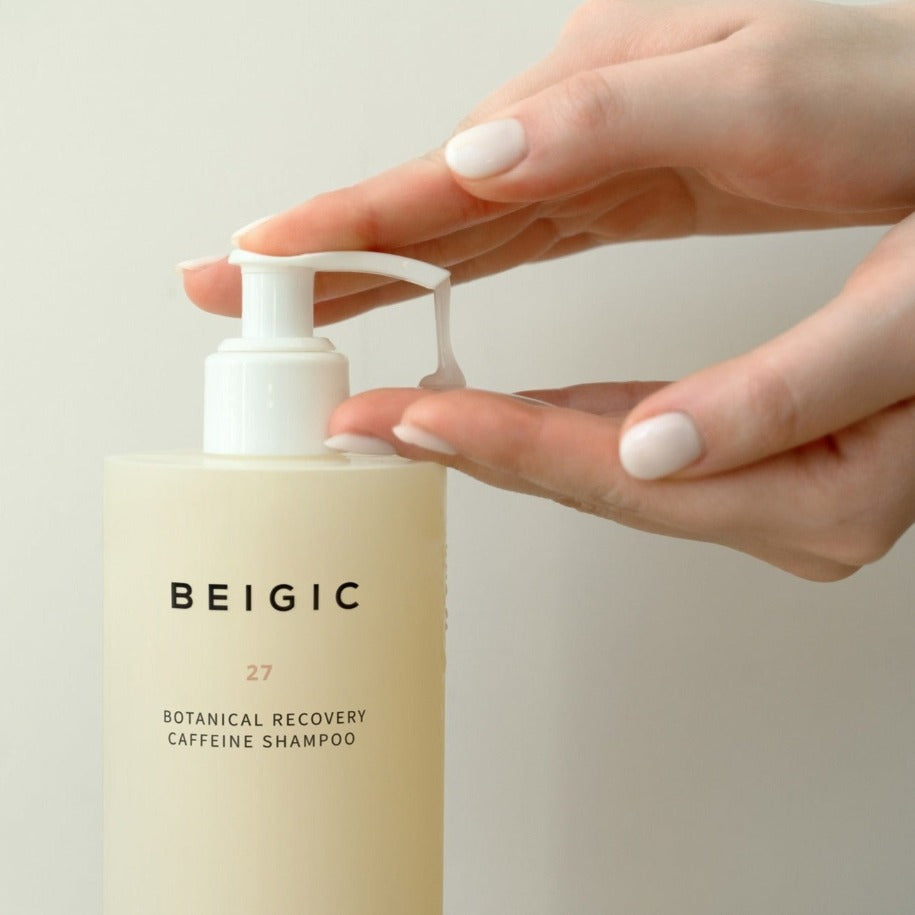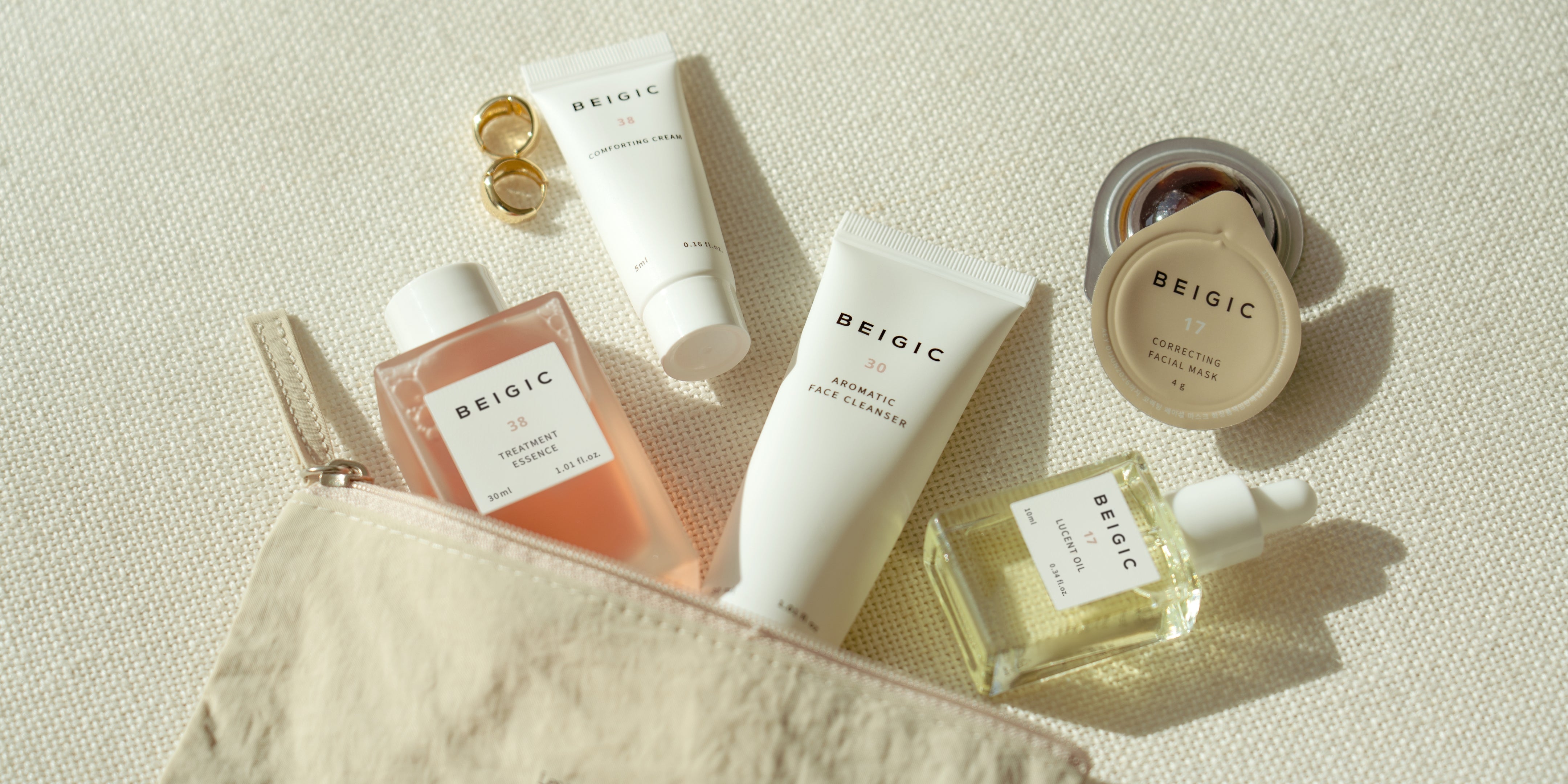
Learn More About the Structure of the Skin & the Skin Barrier
How is the skin structured, and how does it function? In this article, we will explore the three layers of the skin to better understand its architecture and workings.
I. Structure of the Skin
A reflection of our health, emotions, and lifestyle, our skin is a complete ecosystem. The skin plays several essential roles, including serving as the skin barrier to protect our body from external aggressions such as pollution, UV rays, microbes, etc. It also functions as a thermal regulator, helping us maintain a stable temperature, and possesses immune and synthesis functions (including vitamin D production).
Comprising 70% water to maintain its flexibility and vitality, the skin has a three-layered architecture, each with vital functions: the epidermis, the dermis, and the hypodermis.
The Epidermis
The epidermis is the outermost layer of the skin, the thinnest layer (+/- 1.5mm), and the most superficial layer that we touch. This outer layer is composed of four types of cells across its surface, primarily keratinocytes and melanocytes. The epidermis itself consists of four layers through which cells migrate during the renewal process:
|
Basal Layer |
For cell regeneration. |
|
Spiny Layer |
Production of keratin and assistance in skin protection and resistance. |
|
Granular Layer |
Filled with keratinocytes that help produce intercellular lipid cement, strengthening the skin's resistance, and the Natural Moisturizing Factor preserving hydration. |
|
Cornified Layer |
The most superficial layer, a protective barrier covered by the hydrolipidic film. |
The epidermal renewal cycle concludes with the elimination of surface cells through desquamation, the natural outcome of this process. Throughout this cycle, renewing keratinocytes contain a specific substance, keratin, which undergoes gradual transformations and plays a crucial role in the skin barrier function.
During the final stage, which is the drying out of the cornified layer that eliminates completed cells through desquamation, keratinocytes at this stage are fully differentiated and are called corneocytes. Corneocytes are flattened cells that line the skin's superficial layer.
The overall production of corneocytes, mixed with fatty substances from the pores of sebaceous glands (where hair and down emerge) and water from the sweat pores of the skin, constitutes the hydrolipidic film. A mixture of sweat and sebum, the hydrolipidic film makes the skin impermeable, limits dehydration, and protects it from microbes. Therefore, it is important not to damage it with a harsh skincare routine.
The Dermis
The dermis, with an average thickness of 1 to 4mm, strongly adheres to the epidermis, which protects it through a membrane woven from specialized collagen. The dermis is a connective tissue that performs both cohesion and nutrition functions. It is structured like a flexible cement made of intercellular substance, also known as the extracellular matrix.
As a site of cell division, the dermis helps regulate the skin's temperature, provides the nutrients and oxygen it needs, and facilitates the repair of damaged tissues. It consists of fibroblasts, cells that make up collagen and elastin fibers forming connective tissue.
Within the extracellular matrix, one can find the hair bulbs and free or annexed sweat glands with sebaceous glands, as well as polysaccharides like hyaluronic acid, which can retain up to 1000 times their weight in water to hydrate the skin. Sweat glands produce sweat, and sebaceous glands secrete sebum, a fatty and acidic substance essential for skin lubrication and protection against numerous microbes. Sweat and sebaceous glands contribute to the formation of the hydrolipidic film, a combination of water (hydro) and oil (lipidic) that determines the essential surface appearance.
The dermis plays a crucial role in cutaneous physiology (i.e., its function). It is in this zone that the fibrous network, consisting of collagens, elastins, glycoproteins, and proteoglycans, extends. It is also composed of several layers:
|
Papillary Layer |
Rich in collagen. |
|
Reticular Layer |
Containing bulbs and major glands. |
|
Deep Dermis |
Transitioning to the hypodermis. |
The Hypodermis
The hypodermis is a fatty layer representing the deep layer of the skin with a thickness of approximately 20mm. It is a fatty tissue consisting of adipocytes, cells that store reserve fat. It functions as a protective cushion, thermal insulator, and energy reserve. Apart from its water storage capabilities, it is an important reservoir of lipids and fatty acids. It provides a passage for nerve and vascular axes from the main network and separates the skin covering from deeper muscular, skeletal structures, and organs.
Among the key contributors to the skin's structure, collagens, elastins, and keratins, along with hyaluronic acid, play an important role in the consistency, architecture, and evolution of the first two levels, the epidermis and the dermis. The third level, the hypodermis, is structured differently depending on the location and gender, serving as the fatty tissue organized in its unique way.

II. Focus on the Skin Barrier
The skin barrier plays an essential role in the overall health of your skin. Understanding it is key to taking better care of your skin.
What is the Skin Barrier?
The skin is a living organ that acts as a tight barrier thanks to the continuous production of the protective film it hosts on the surface. The skin barrier refers to the stratum corneum - the outermost layer of the epidermis - and the hydrolipidic film covering it. The outermost layer of our skin is equipped with a natural protective barrier that, when healthy, shields it from trans-epidermal water loss and potential irritants and allergens that can penetrate the skin, causing various dermatological problems such as acne, dryness, chronic inflammation, and overall sensitivity.
A healthy skin barrier is primarily composed of lipids and three crucial elements: ceramides, cholesterol, and essential fatty acids.
What Can Damage the Skin Barrier?
The use of aggressive or highly alkaline cleansers, potent acne medications, excessive washing or exfoliation, and the excessive application of products in a single routine are factors that can damage our skin's barrier. Additionally, stress and hormonal changes can also weaken the skin barrier function.
Signs of a Damaged Skin Barrier
Have you ever felt that your skin is excessively oily but at the same time very dehydrated? Oily dehydrated skin is one of the most common indicators of a damaged skin barrier. Individuals with oily skin are more likely to demonstrate aggressive skincare habits to combat oily skin. Unfortunately, these habits not only remove natural oils but also all (even beneficial) bacteria from their faces, further damaging the skin barrier.
Once the skin barrier is damaged, the skin quickly loses water, leading to a sensation of dehydration and tightness. This is known as "Trans-Epidermal Water Loss" (TEWL), the loss of water through the epidermis. Another indicator of an imbalanced barrier is when cosmetics that you usually use suddenly cause irritation, sensitization, or even redness.
Ingredients to Prioritize for Repairing the Skin Barrier
Incorporating a facial oil into the skincare routine, such as our Lucent Oil, can help restore the barrier function. Products containing Ceramides, Phytosterol, Madecassoside, and essential Fatty Acids will also be beneficial for repairing the skin barrier. Additionally, revitalizing the skin with natural hydration factors can help. Panthenol (vitamin B5) and Niacinamide (vitamin B3) also contribute to improving the barrier function.
How to Maintain the Skin Barrier?
Less is more. If the skin barrier is imbalanced, the skin becomes more permeable to external aggressors. Irritants that a healthy skin barrier would block can penetrate the skin much more easily, eventually causing or exacerbating inflammation.
Therefore, it is essential to eliminate any potential irritants from our cosmetic care and reduce the risk of irritation by lightening our face care routine while the skin barrier regenerates. Avoid products that dry out and also active ingredients during this period as they can worsen the situation. Also, limit face cleansing with a proper product to once a day, in the evening, and use a barrier-friendly moisturizing cleanser to help protect the skin from further damage.
How Long Does it Take to Repair the Barrier Function?
The repair time of the barrier will vary depending on the extent of damage and the condition of each skin, with some healing faster than others. For healthy skin, it can take 2 to 4 weeks. Once your skin barrier is restored, redness, sensitivity, and dehydration will gradually decrease; this is when your skin has returned to its previous state, and you can reintroduce other skincare products.
To support recovery, use a nourishing cream such as Comforting Cream. It provides long-lasting hydration, strengthens your skin’s natural protective layer, and soothes irritation. Your skin feels balanced, calm, and comfortable.
Now you know more about the skin's anatomy and the importance of caring for the skin barrier. Our skin needs gentleness above all !
To continue this exploration of how the skin works, discover how nutrition and holistic beauty influence its balance in our article on “Holistic Beauty; Nutrition and Skin”.

